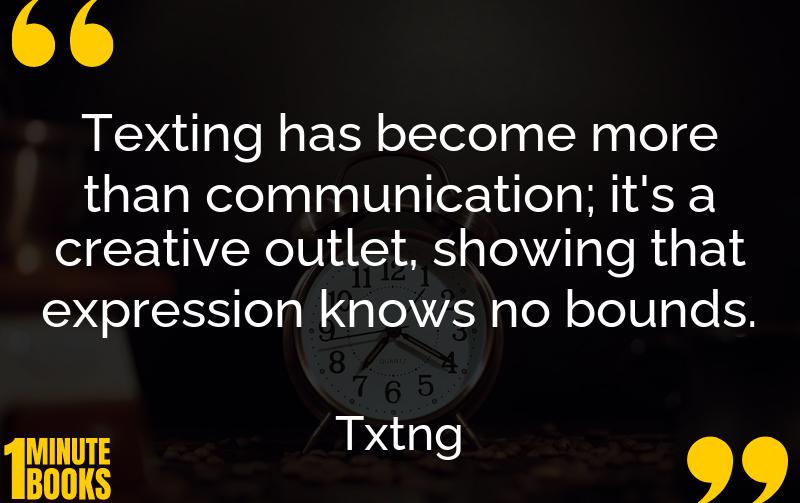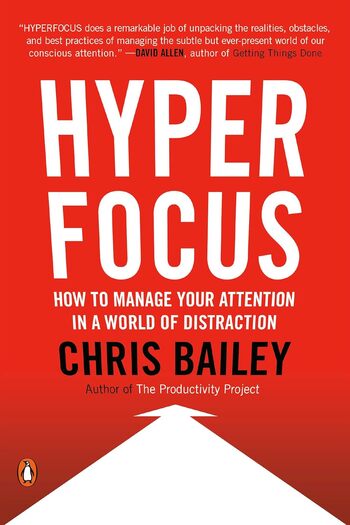
David Crystal’s Txtng: The Gr8 Db8 explores the evolution, impact, and cultural significance of texting as a new language form, debunking myths about its negative effects on literacy.
Main Lessons
- Texting’s history dates back to ancient times with the use of abbreviations and symbols.
- Despite fears, texting will not destroy English but complements it through creative expression.
- Texting has become a global phenomenon, adapted by different cultures and demographics.
- Text messages can serve as a new form of poetry and self-expression.
- Parents use texting to communicate effectively and non-intrusively with their teens.
- Texting habits vary with demographics; older individuals and women often use more creative spellings.
- Texting provides safe communication channels in sensitive situations like breakups or courting.
- The proliferation of cell phones has significantly increased texting usage worldwide.
- Financially, texting represents a lucrative business, generating billions annually.
- Studies indicate that frequent texters do not possess lower literacy levels.
- Educational debate continues on incorporating texting language in formal curriculums.
- Texting is increasingly recognized as a legitimate communication mode and cultural force.








